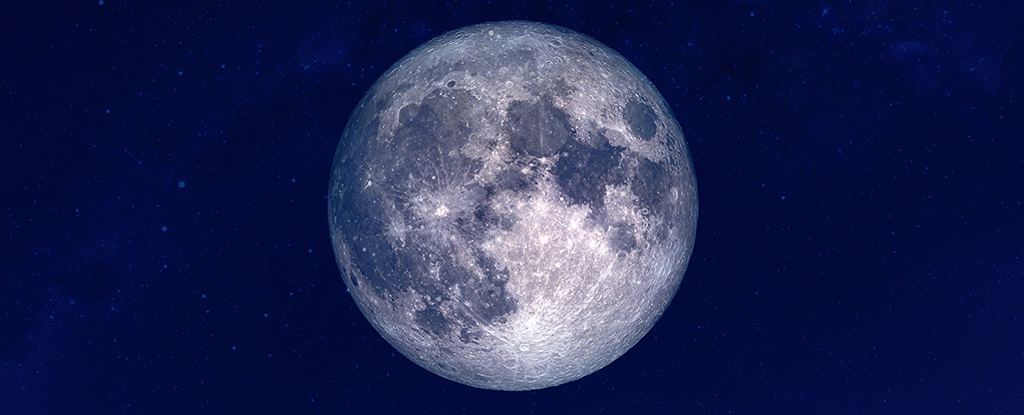“A shared definition of time is an important part of safe, resilient, and sustainable operations.”
The researchers at NASA want to use atomic clocks to tell the time on the Moon, in the same way they’re used on Earth. These clocks are based on the energy frequency required for electrons to change state in specific types of atoms, allowing us to keep track of time to an incredibly precise degree.
There’s a problem though: Gravitational differences between Earth and the Moon equate to differences in the length of each second, meaning timepieces on the lunar surface will gain about 56 microseconds per day on the terrestrial ones.
“For something traveling at the speed of light, 56 microseconds is enough time to travel the distance of approximately 168 football fields.”



This is what I hear… Moon-gravity savings time brought to you by Carls Jr.